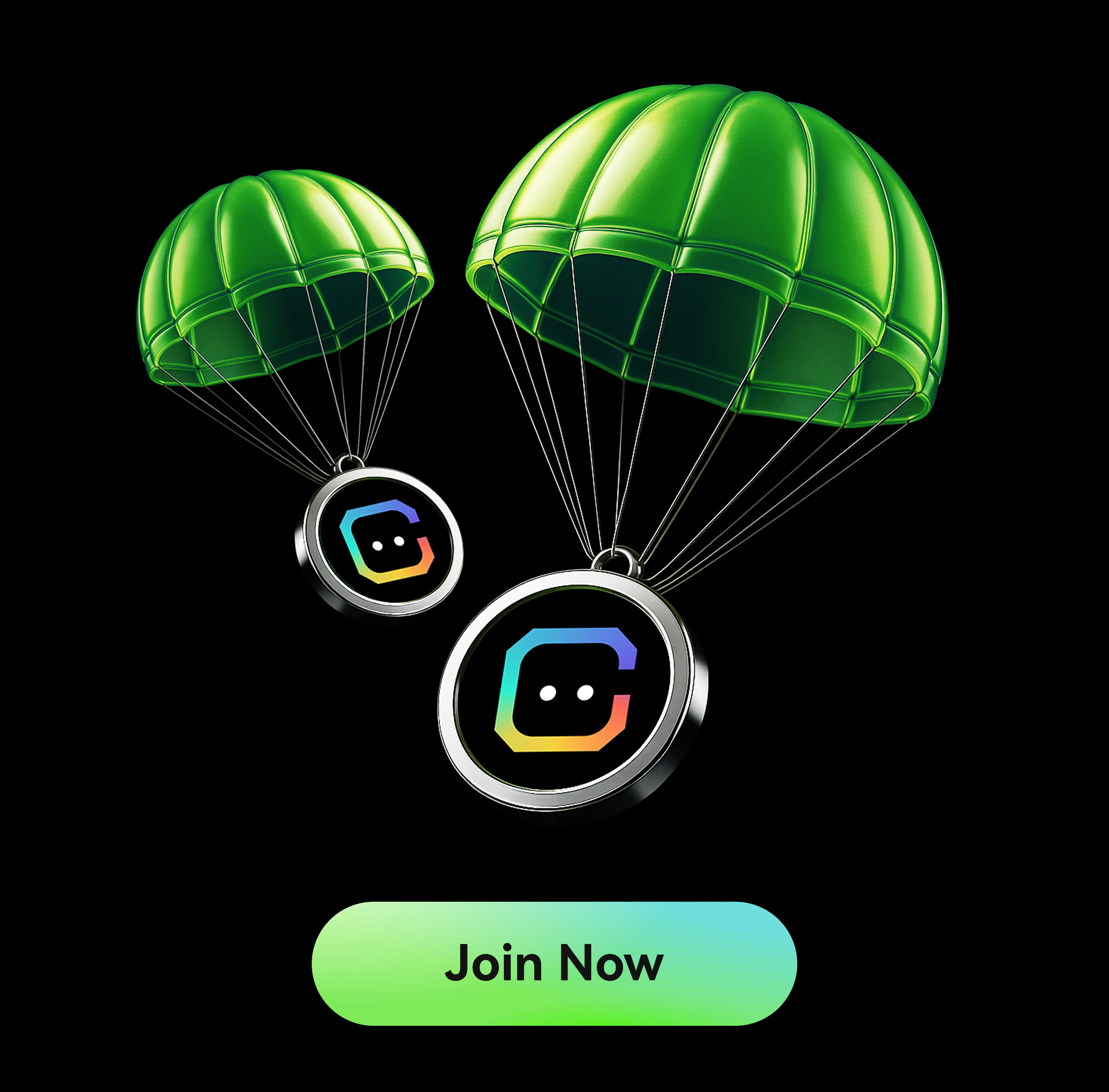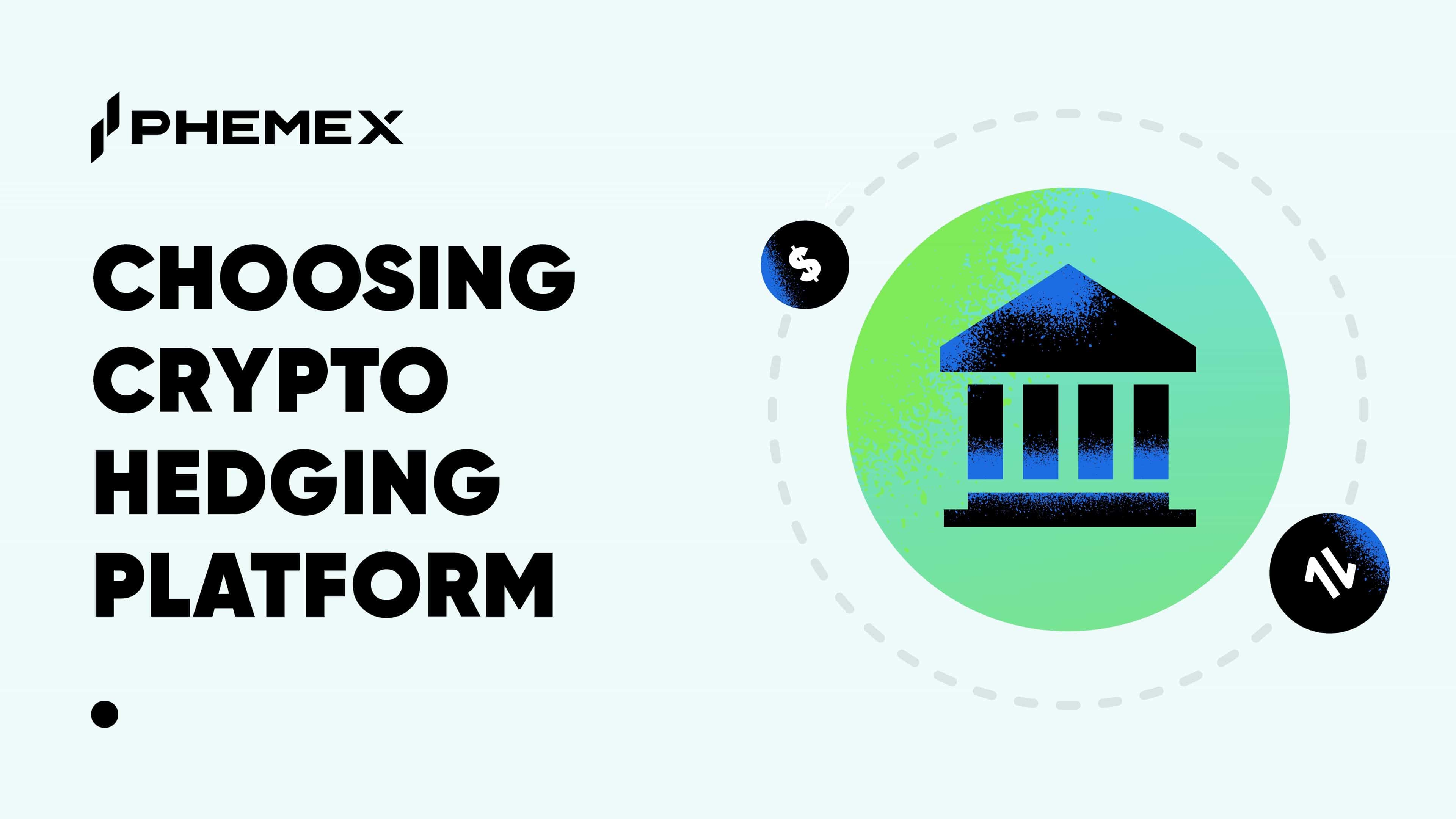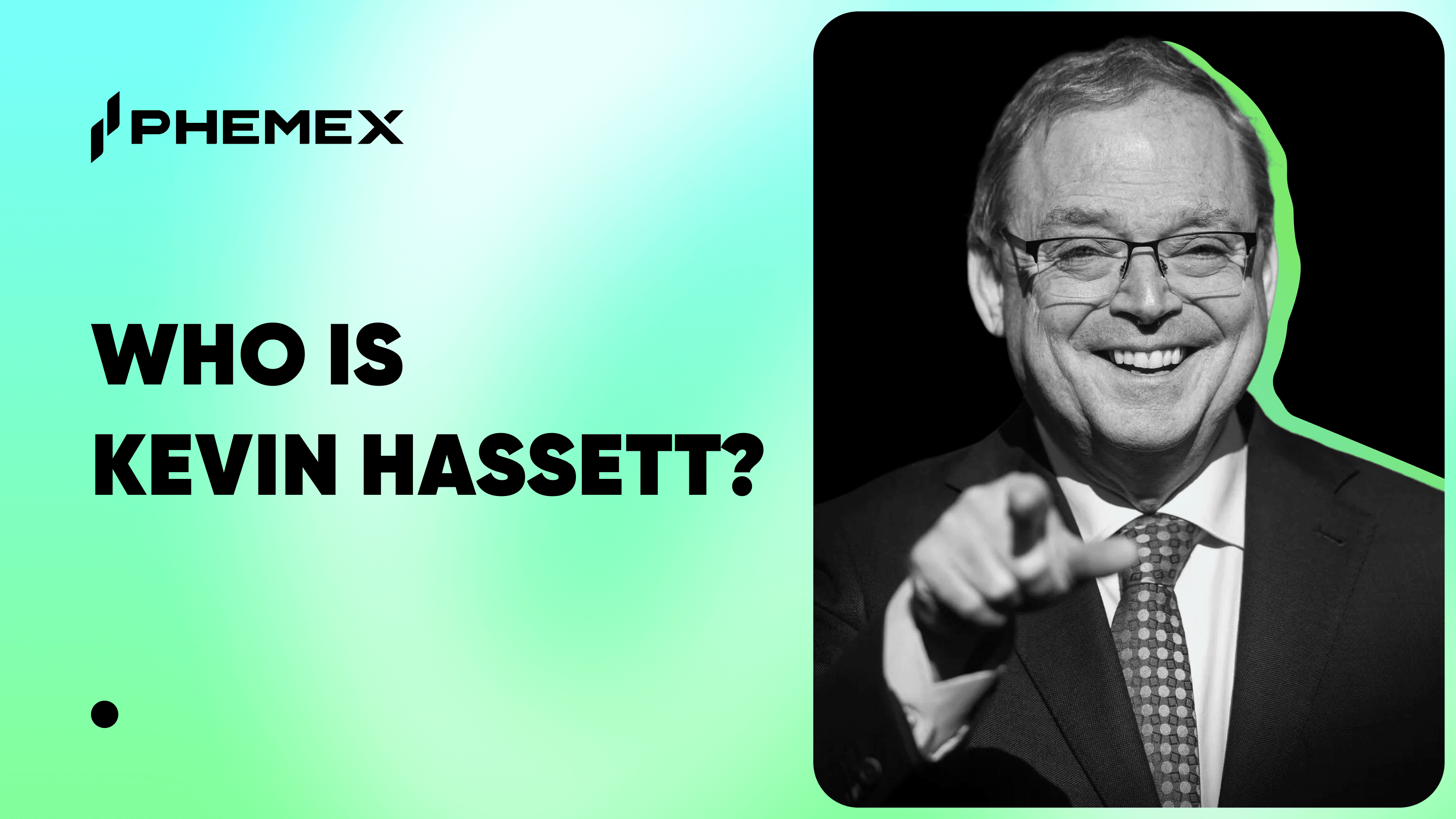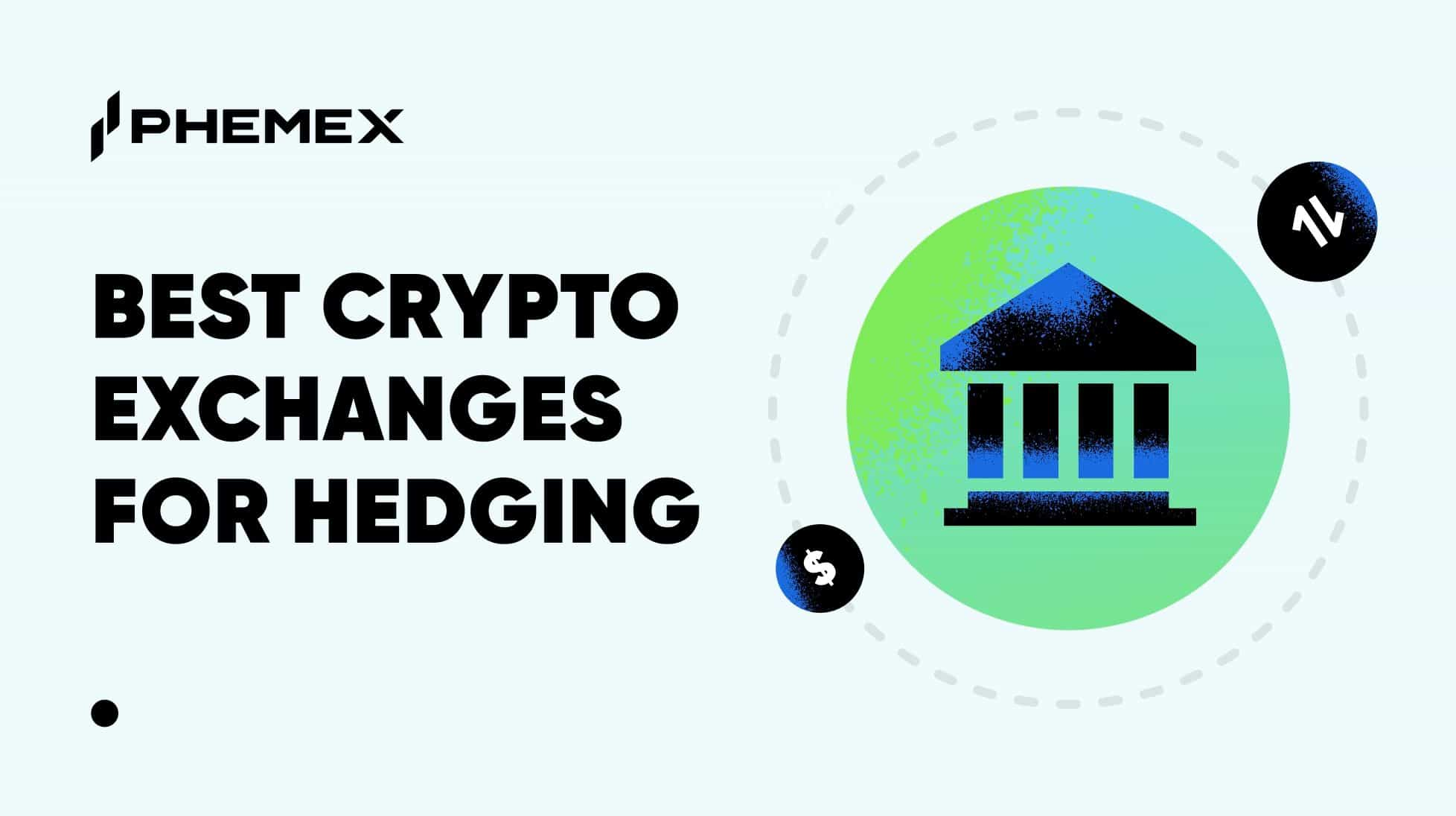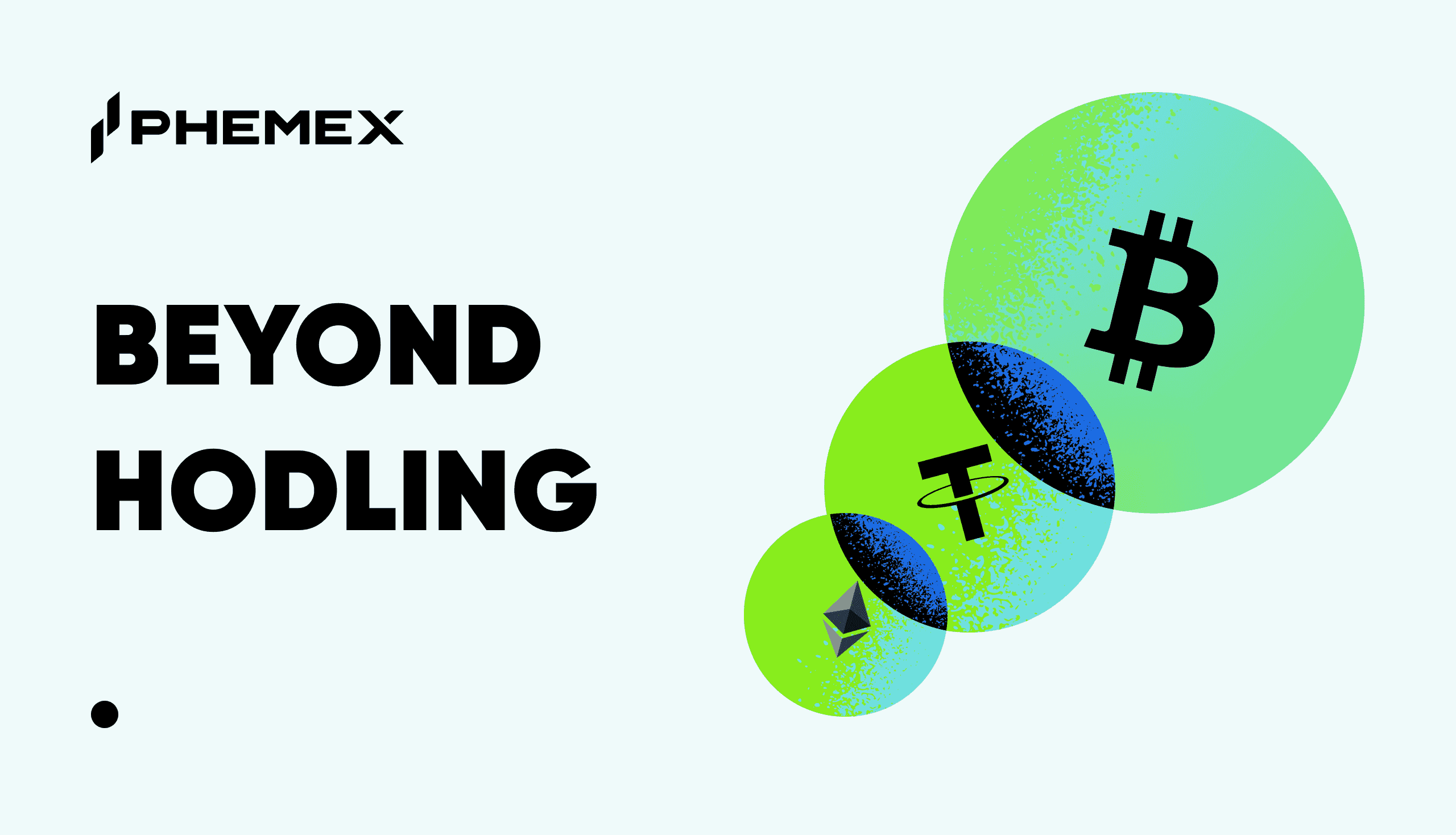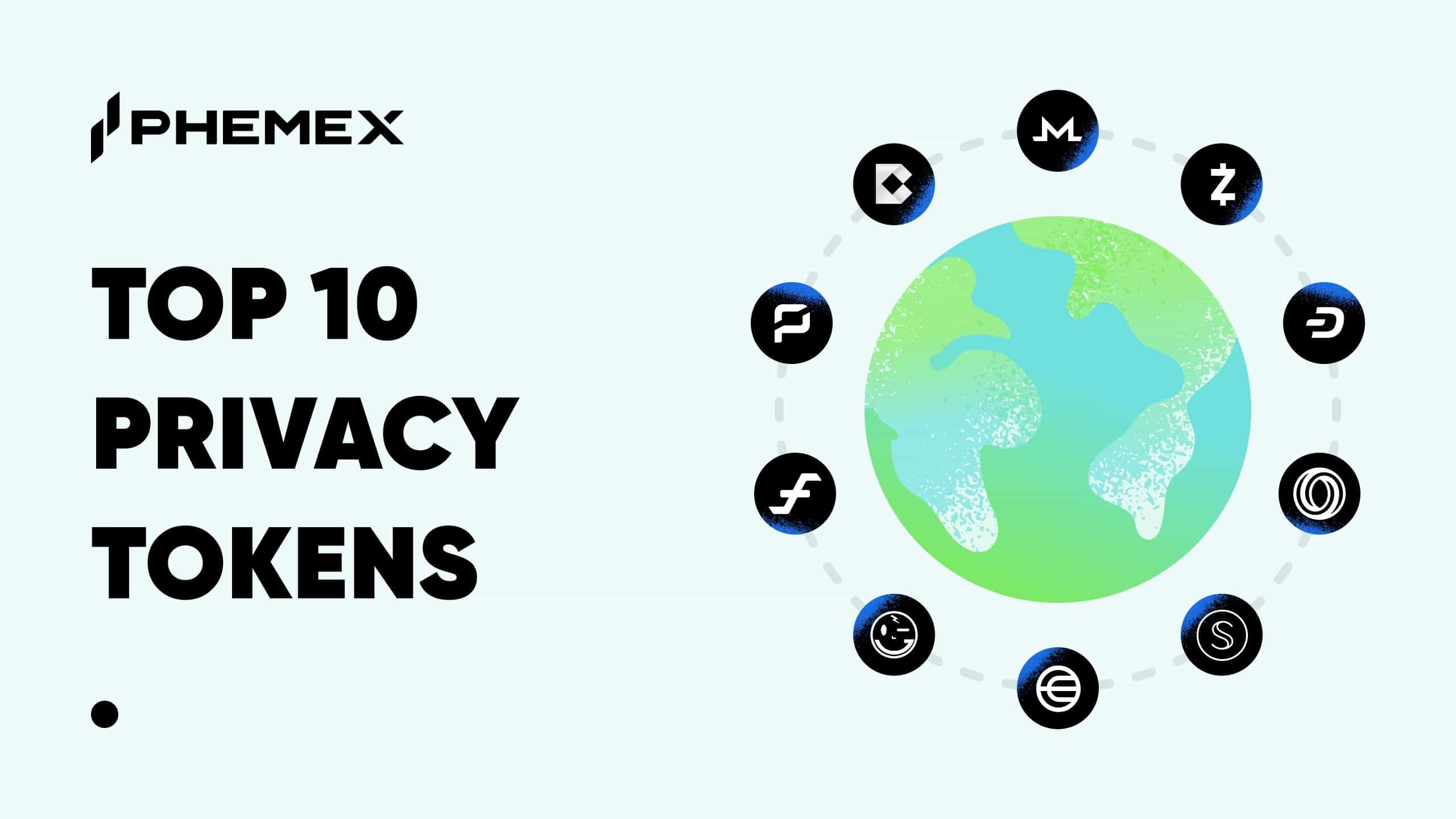For artists and creators who were on the fence last time around, knowing how to create your own NFT can come in handy. Using an NFT to represent your work can be financially lucrative; cut out the middlemen and open your art up to the global market.

Before Creating NFTs
Before you create an NFT, there are a few prerequisites such as choosing a blockchain and creating a wallet.
All NFTs are minted on a blockchain. Ethereum is the most popular chain, hosting famous collections like BAYC and CryptoPunks. Creating NFTs on Ethereum can be costly because of the high gas fees – nevertheless, Solana, Cardano, and Avalanche are other blockchains that host NFTs and enable people to mint them at much cheaper prices.
First, a decentralized wallet can be created on most blockchains using Metamask, with the important exception of Solana. If you chose Solana as your preferred network to mint NFTs, you’ll have to create a Phantom wallet.
To create an Ethereum wallet, download the extension for Metamask and activate the wallet by safely storing your private keys. Ethereum is available by default, but other networks like Polygon and Avalanche can be added using the “Add Network” option.
How To Create NFT Art?
Your NFT could be an image, audio, video or even part of a game, so make sure the NFT you’re creating is unique, catchy, and meaningful. Some things to identify while preparing your NFT are:
- Whether you’re minting a collection or a 1/1 art — Artists like Beeple are 1/1 NFT artists, while larger media houses prefer collections with sizes ranging from a few hundred to a few hundred thousand.
- If you go ahead with a collection, it should ideally have digital characteristics and a rarity theme. Most NFT collections are designed using software that allows users to create such artwork keeping certain rarity traits in mind.
Choosing A Marketplace
There are a wide range of marketplaces offering options to mint NFTs, and many have similar structures with varying user privileges and parameters. For example, LooksRare charges a lower fee with greater decentralization, while OpenSea is a more traditional marketplace with a vast pool of buyers. Other marketplaces like Rarible and Nifty Gateway cater to niche markets (like 1/1 NFTs) better than OpenSea.
Choosing a marketplace can be incredibly time-consuming, but picking one that suits your needs in terms of reliability and compatibility will save you from untold stress throughout your NFT sales and revenue cycles.
So, How To Create An NFT? First Steps
With all the building blocks in place, you’re ready to make NFTs out of your work. Have some balance of native tokens in your wallet. Polygon’s MATIC, Ethereum’s ETH, or Solana’s SOL tokens are some examples of native tokens that are used up as gas fees.
No transactions can happen without these tokens.
- Connect your wallet to the marketplace (OpenSea, for example). Once you’ve connected the ETH Wallet to OpenSea, you can go on and create your first NFT.
- Click on Create in the top menu, and create a collection.
- Fill in all the information needed, then hit save. Now you’re ready to start the actual minting process of creating a new NFT.
- Click on New Item, load your artwork, and provide all the details you want. Each NFT marketplace has specific instructions creators must follow to create an NFT.
- Once you’re ready to pull the trigger, click create.
How To Create An NFT Collection?
Armed with these materials, you’re ready to begin. From OpenSea’s home page, open the avatar menu and select “My Collections.”

Click on “Create a Collection” and fill in the details like your collection’s Name, URL, and Description. Once these are filled in, the “Create” button becomes visible. Click it and you’re done!
Selling Your NFT
You will have the option to sell either at a fixed price or through an NFT auction. An auction is a timed bidding process where the highest bidder within the time period will be the buyers if they meet the minimum price set by you.
This is where you will also get to set options such as recurring royalties – meaning you will be paid a percentage of all further sales of the NFT, should the buyer decide to sell it at a later date.
Does Creating An NFT Have Costs?
After going through the aforementioned steps, your final transaction will put the NFT up for sale. This step will attract transaction costs. Many use the Lazy Minting alternative, where fees are clubbed into the sale price of your NFT, preventing you from having to pay the gas fees upfront. This is one method artists use to practically create NFTs for free.
Promoting The NFT
This is perhaps the toughest part! An effective promotion strategy is absolutely necessary if you don’t want your collection adorning the pile of dead NFTs. One of the most efficient promotion techniques is public relations, which refers to developing a positive reputation within the community by sharing favorable information about you and your NFT collection.
Online advertising is heavily relied upon here, including articles in niche news media websites, appearances on crypto podcasts, and developing and engaging with an active social media following.
Conclusion
The beauty of NFTs lies in their accessibility, but it’s important to remember most NFTs won’t sell for anything near the stratospheric amounts we’ve seen them go on occasion. In fact, since it costs money to mint an NFT, most people who try it out will likely lose money in the process.
This doesn’t mean there aren’t good reasons to try it out, and if you’re prudent (using a lazy or free minting option), it’s even possible to create an NFT for free! NFTs may have lost their sheen over the last few months, but as the underlying technology evolves, and more utilities for NFTs are discovered, minting NFTs is bound to become a much more common activity than ever before.
For any inquiries contact us at support@phemex.com
Follow our official Twitter | Join our community on Telegram
Trade crypto on the go: Download for iOS | Download for Android
Phemex | Break Through, Break Free

